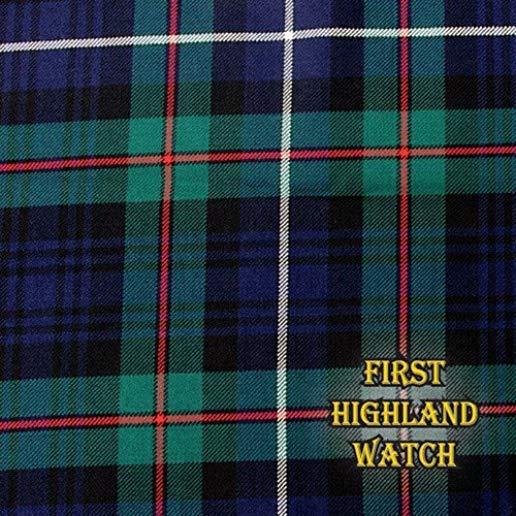
description
uthors and historians of the Naval Institute Press, the Naval History Special Editions are designed to offer studies of the key vessels, battles, and events of armed conflict. Using an image-heavy format, these Special Editions should appeal to scholars, enthusiasts, and general readers alike. The USS Intrepid (CV/CVA/CVS-11), one of the 24 Essex-class aircraft carriers built during World War II, was commissioned in August 1943, and participated in several campaigns in the Pacific, where she was torpedoed once and hit by four different kamikaze suicide aircraft, earning her the unfortunate nicknames "Evil I" and "Decrepid." Decommissioned shortly after the war, she was modernized and recommissioned in the early 1950s as an attack carrier (CVA), eventually becoming an antisubmarine warfare carrier (CVS). In her second career, Intrepid served in the Atlantic, but also completed three deployments to the Pacific during the Vietnam War, where she operated as a limited attack carrier, pioneering the "CV" concept that combined the antisubmarine and attack roles. She also took part in America's space program and was the recovery ship for the Aurora 7 Project Mercury and the Gemini 3 space missions. Decommissioned for the second time in 1974 Intrepid was moored at the Philadelphia Naval Shipyard where she hosted exhibits as part of the United States Bicentennial celebrations. In 1982, the "Fighting I" became the foundation of the Intrepid Sea, Air & Space Museum in New York City where she has hosted many special events. The Naval History Special Edition covering the Intrepid tells the complete story of this famous aircraft carrier in a highly readable and engaging format that features many photographs, maps, and illustrations. It should prove to be of interest to those who served aboard her as well as those interested in aviation and naval history.
member goods
No member items were found under this heading.
Return Policy
All sales are final
Shipping
No special shipping considerations available.
Shipping fees determined at checkout.







